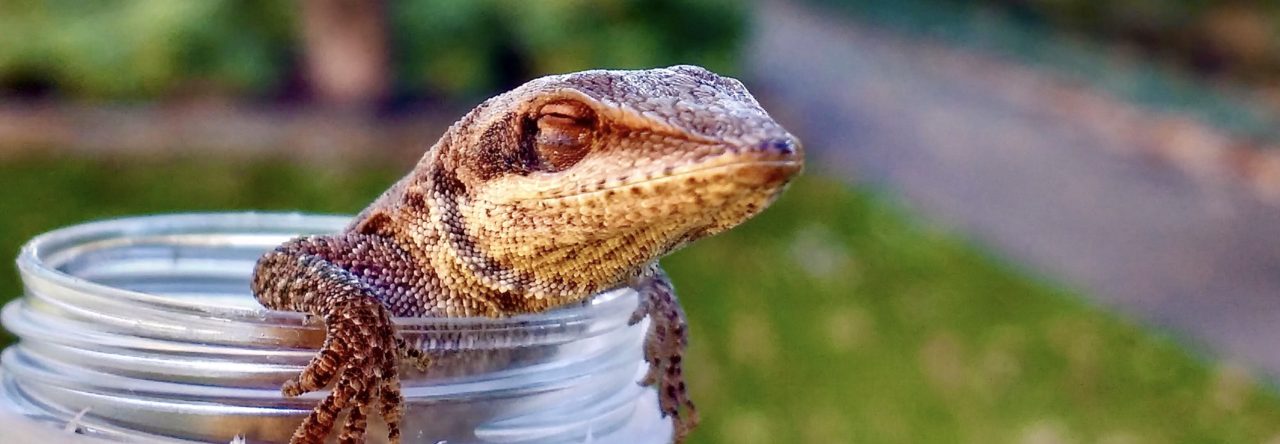One of the tell-tale signs that you’re in the tropics in the Western Hemisphere is the abundance of anoles scampering about on palm trees. Tropical anoles tend to get all the media attention. The lowland tropical taxa are the anole media darlings, such as the jewel-toned Lesser Antillean anoles, the flashy trunk-crown anoles, such as A. allisoni, and the determined invaders, like A. sagrei. Personally, I’m a bigger fan of the montane anoles. These species tend to get less attention. They’re usually fairly drab in coloration and, by definition, they live in more inhospitable environments that are remote and difficult to access. These are the anoles that live where the 4×4 can’t penetrate, where the cold rain pounds even in the dead of summer, and where the lush tropical communities of the lowlands morph into endless stands of lonely pine trees.
And, even if they usually lack the pigmented pizazz of the lowland anoles, the montane species have a mystery that is all their own. How is it that lizards bearing a tropical ancestry can tolerate the harsh environments found at high elevation? Do they use behavior to mitigate the cold? Do they evolve their physiology? To date we still have more questions than answers, but as a community we’re slowly beginning to build our knowledge of what makes highland anoles tick.
A study by Gunther Köhler and colleagues in a recent issue of Herpetology Notes focuses on a truly enigmatic species, Anolis omiltemanus. To say this montane species from the Guerrero region of Mexico is poorly understood is an understatement. What little we know of A. omiltemanus comes from a handful of studies conducted a few decades ago. Beyond the fact that these lizards have been found in leaf litter and in small shrubs in the pine and oak forests near Omiltemi, very little is known about their ecology.











 Spoiler warning: May be A. cybotes, but maybe not…
Spoiler warning: May be A. cybotes, but maybe not…
